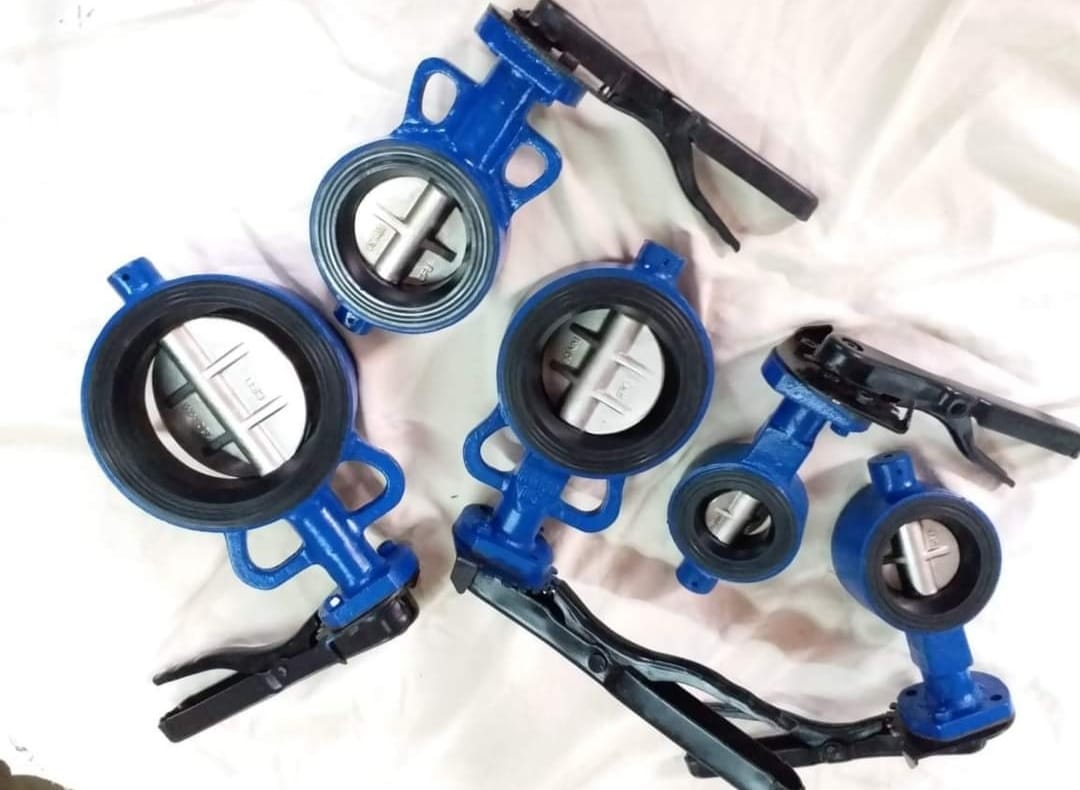
When it comes to efficient fluid control in modern piping systems, butterfly valves are one of the most widely used solutions. Known for their compact design, quick operation, and cost-effectiveness, these valves are critical in industries ranging from water treatment to oil and gas. If you’re looking for a trusted butterfly valve manufacturer in Ahmedabad, understanding the different types and their uses can help you choose the right product for your specific application.
1. Wafer Type Butterfly Valve
Wafer type butterfly valves are the most common style, designed to fit snugly between two flanges using bolts or studs. They are perfect for systems with limited space because of their thin profile. These valves are widely used in water distribution, HVAC systems, and fire protection networks. Their affordability and ease of installation make them a go-to choice for many project engineers.
2. Lug Type Butterfly Valve
Lug type butterfly valves have threaded inserts (lugs) on either side of the valve body, allowing them to be installed into a system using bolts directly through the lugs. This type offers easy disconnection from one side of the pipeline without affecting the other side—making them perfect for systems that require regular maintenance. Common applications include mining operations, chemical plants, and food processing units.
3. Double Offset Butterfly Valve
In order to reduce wear and friction, double offset butterfly valves, also known as high-performance butterfly valves, have a disc that is offset from the centerline of the valve body and pipe. These are ideal for higher-pressure applications and longer service life. Industries like oil & gas, power generation, and marine operations often prefer double offset valves for their durability and reliability.
4. Triple Offset Butterfly Valve
Triple offset valves go one step further in design, incorporating a third offset that eliminates contact between the seat and disc during operation. This ensures zero leakage, making them suitable for critical systems handling toxic, corrosive, or high-temperature fluids. They are heavily used in petrochemical, refinery, and power sectors.
5. Rubber Lined Butterfly Valve
These valves are lined with elastomers (like EPDM or NBR) to provide excellent sealing in low-pressure systems. Their corrosion resistance makes them ideal for water treatment, sewage systems, and chemical handling plants. They are particularly beneficial in industries requiring hygienic and leak-proof flow control.
6. PTFE Lined Butterfly Valve
PTFE (Teflon) lining adds a layer of chemical resistance, making these valves suitable for handling aggressive and corrosive chemicals. Widely used in pharmaceutical and chemical industries, PTFE-lined butterfly valves help ensure product purity and reduce maintenance downtime.
Which Valve Type Is Right for You?
Your particular application, pressure requirements, and flow characteristics will all play a role in selecting the best butterfly valve. Whether you’re dealing with clean water, abrasive slurry, or corrosive chemicals, there’s a type that fits just right.
Working with an experienced butterfly valve manufacturer in Ahmedabad can make the selection process smoother. They can offer guidance, customization, and after-sales support that ensures long-term performance and value.
Final Thoughts
Because of their performance and applicability in a variety of industries, butterfly valves remain a popular option for engineers and project managers. From simple water pipelines to high-stakes chemical processes, the right butterfly valve can boost system reliability and reduce operational costs.
If you’re looking for a solution that meets your technical demands without compromising on quality, connect with a trusted butterfly valve manufacturer in Ahmedabad to get expert recommendations and premium-grade products tailored to your needs.